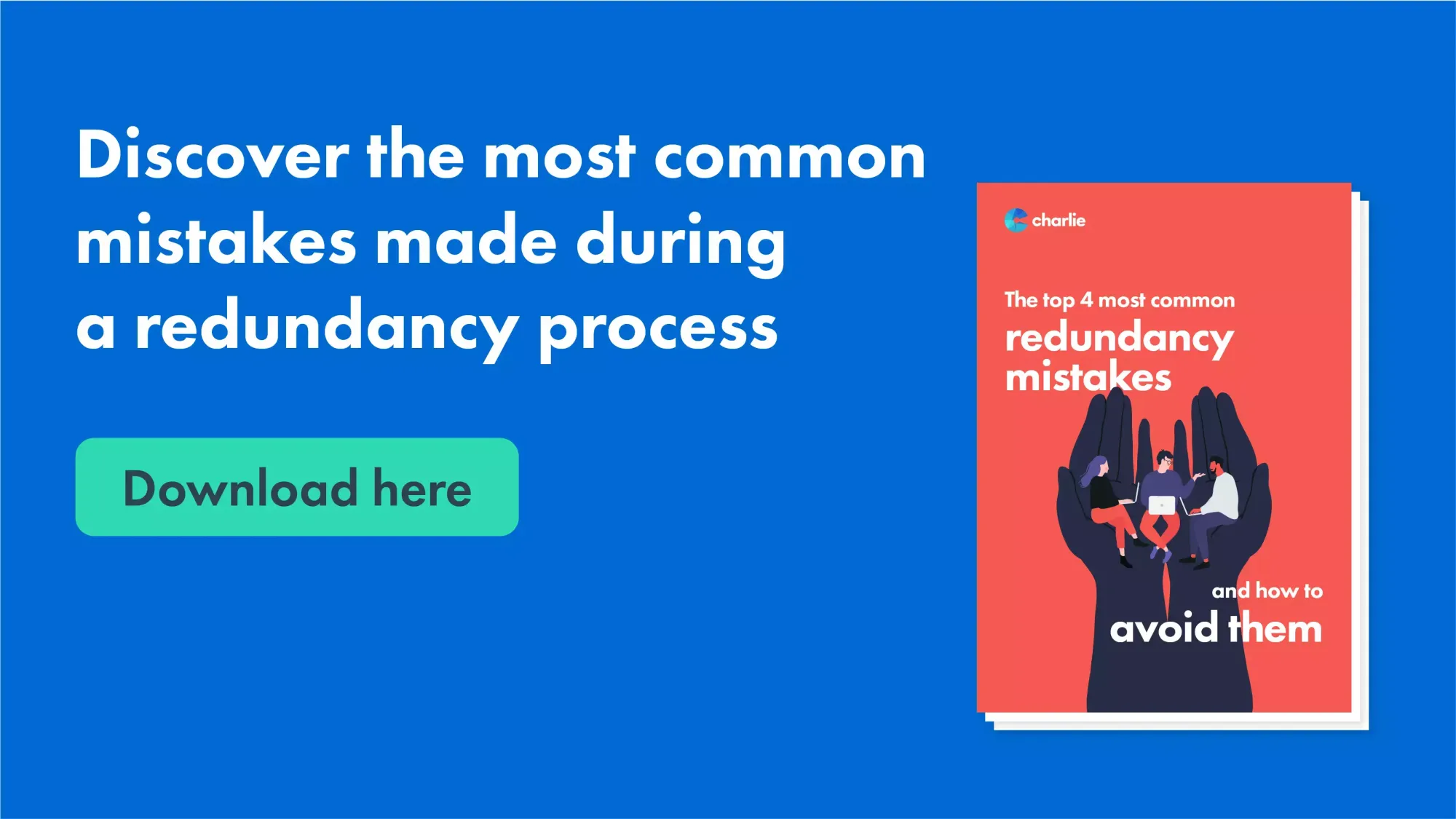Discussed: If a Company Goes Bust Who Pays Redundancy in the UK?
Wiki Article
Examining the Systems of Business Redundancy and Its Impact on Staff Member Morale
The systems behind the decision-making processes leading to employee redundancies can have far-reaching impacts on spirits within an organization. By exploring the intricate interplay between firm downsizing techniques, employee responses, and business durability, a more clear image arises of the intricate dance in between business needs and human feelings.
Impact of Company Redundancy on Morale
The substantial boost in business redundancies has actually had a profound impact on employee morale in recent months. As companies navigate financial challenges, the decision to scale down or reorganize operations usually brings about increased degrees of uncertainty and anxiety amongst staff members. The concern of losing one's work, coupled with the increased workload for continuing to be staff, can create a difficult workplace that moistens morale.Employees that witness their associates being laid off may experience survivor sense of guilt, feeling happy for their very own setting while additionally coming to grips with sensations of despair and instability. This emotional chaos can adversely affect performance and interaction, as people battle to concentrate amidst the turmoil.
Additionally, the lack of openness surrounding the redundancy process can even more erode trust and confidence in firm management. if a company goes bust who pays redundancy. When staff members feel uninformed or ignored during such turbulent times, their loyalty to the organization diminishes, and morale plummets
Aspects Causing Business Downsizing
In the middle of economic uncertainties, firms commonly face the challenging task of determining and resolving vital aspects that demand downsizing their operations. One significant variable causing company downsizing is monetary instability. When a company experiences monetary difficulties such as declining profits, boosting expenses, or too much financial obligation, scaling down may end up being an essential procedure to guarantee the company's sustainability. Technological advancements additionally play a crucial role in firm scaling down. Automation and the fostering of extra reliable procedures can result in a lowered need for human labor, leading to labor force decreases. Market variations and changes in customer choices are added variables that can activate scaling down initiatives. Firms must adjust to advancing market problems to continue to be competitive, and this sometimes involves restructuring operations and lowering labor force dimension. In addition, mergers and purchases can cause redundancies, motivating business to scale down to get rid of overlapping roles and simplify procedures. Generally, a combination of financial challenges, technical shifts, market characteristics, and organizational changes frequently drive firms in the direction of downsizing as a tactical decision.Approaches for Reducing Unfavorable Impacts
Elements leading to firm scaling down necessitate the execution of strategic measures intended at reducing the unfavorable results on both the organization and its staff members. Clear interaction aids staff members recognize the reasons behind the redundancy, decreases uncertainty, and decreases anxiety.One more important technique is to prioritize staff member well-being throughout and after the downsizing duration. This includes giving access to counseling services, creating a supportive atmosphere for those continuing to be in the company, and supplying possibilities for upskilling or re-training to improve their employability. Additionally, compensating the devotion and identifying and effort of employees who remain can assist maintain inspiration and protect against a decrease in spirits. By redundancy if company goes bust carrying out these approaches, companies can navigate scaling down with even more compassion and reduce the unfavorable effect on staff member spirits.
Employee Durability In The Middle Of Redundancy
Navigating through periods of redundancy, staff members are commonly needed to demonstrate strength in the face of business changes. Worker resilience among redundancy describes the capacity of individuals to adapt, cope, and recover from the difficulties positioned by prospective task loss. This strength can show up in various means, such as preserving a favorable perspective, looking for new visit this site possibilities, upskilling, and networking to enhance employability.Resilient employees often exhibit a growth attitude, seeing obstacles as momentary and focusing on knowing and development. They are proactive in handling their emotions, seeking support when needed, and maintaining a feeling of positive outlook about the future. In addition, resistant staff members are a lot more likely to accept change, see it as an opportunity for personal and specialist growth, and remain committed to their career progression despite the uncertainty produced by redundancy.
Organizations can support worker strength with clear interaction, supplying access to sources for upskilling and retraining, supplying career counseling services, and recognizing and awarding employees that show resilience during challenging times. By cultivating a culture of durability, firms can assist staff members navigate redundancy better and emerge stronger from the experience.
Building a Motivated Labor Force Post-Redundancy
In the aftermath of organizational restructuring and staff member durability among redundancy, fostering an inspired labor force becomes vital for the firm's future success and employee well-being. Constructing a motivated workforce post-redundancy needs a strategic technique that focuses on rebuilding depend on, increasing spirits, and re-engaging staff members. Interaction plays a pivotal function in this procedure, as open and clear dialogue can aid employees comprehend the reasons behind the redundancies and the business's vision progressing.Providing chances for employee advancement and growth is one more critical aspect of developing an inspired workforce post-redundancy. Using training programs, mentorship chances, and job improvement potential customers can aid staff members really feel valued and bought their future within the organization - if a company goes bust who pays redundancy. Identifying and awarding workers for their contributions, especially during difficult times, can likewise enhance spirits and motivation

Conclusion
In final thought, firm redundancy can have a significant influence on staff member spirits, resulting in this page reduced inspiration and work contentment. Comprehending the aspects that add to downsizing and applying techniques to mitigate negative impacts is important for maintaining employee durability during difficult times. By fostering a helpful job setting and supplying chances for professional development, business can restore a determined labor force post-redundancy.
The substantial increase in company redundancies has had a profound impact on staff member spirits in current months. By applying these approaches, business can browse downsizing with more compassion and reduce the adverse influence on staff member spirits.
In the results of business restructuring and staff member strength in the middle of redundancy, promoting a motivated workforce becomes extremely important for the firm's future success and staff member wellness. Communication plays a pivotal duty in this process, as open and transparent discussion can assist workers comprehend the reasons behind the redundancies and the firm's vision relocating ahead.
In conclusion, business redundancy can have a significant influence on worker morale, leading to decreased inspiration and job fulfillment. (if a company goes bust who pays redundancy)
Report this wiki page